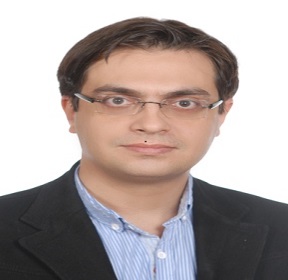
Prof Mohammad Soleimani
Tehran University of Medical Sciences IranTitle: The Use of in Vivo Confocal Microscopy to Track Treatment Success in Fungal Keratitis and to Differentiate between Fusarium and Aspergillus keratitis
Abstract:
Purpose: To evaluate the usefulness of serial in vivo confocal microscopy (IVCM) examinations to measure hyphal density for monitoring the treatment success among patients with fungal keratitis, and to compare the hyphal diameter as well as branching angle as a way of differentiation between Aspergillus and Fusarium species observed in IVCM.
Study design: Prospective nonrandomized study.
Patients and methods: The study was conducted from February 2015 to September 2016. Hyphal diameter, density and branching angle measurements were performed using IVCM at admission and on a weekly basis for at least 2 weeks after the start of treatment.
Results: During the period of study, 65 patients with culture-confirmed fungal keratitis were recruited. Of them, 40 were culture-positive for Fusarium spp. and 25 patients for Aspergillus spp. Before the start of treatment, the mean branching angle did not differ between the two species and the mean hyphal diameter was statistically higher for Aspergillus spp. (p = 0.029). Two weeks after the start of treatment, the mean hyphal diameter was statistically lower (p < 0.001) in the treatment failure group. Also the hyphal density significantly decreased with successful treatment (p < 0.05).
Conclusion: Decreasing hyphal density in serial IVCMs might be used as an indicator to predict the successful response of fungal ulcers to treatment. Branching angle is not different between Aspergillus and Fusarium keratitis. The mean hyphal diameter is significantly lower in the treatment failure group
Biography:
Mohammad Soleimani MD, FICO is an associate professor in Farabi Eye Hospital,Tehran University of Medical Sciences. He received his anterior segment fellowship in 2012; he is especially working on ocular trauma, ocular surface and keratitis.
